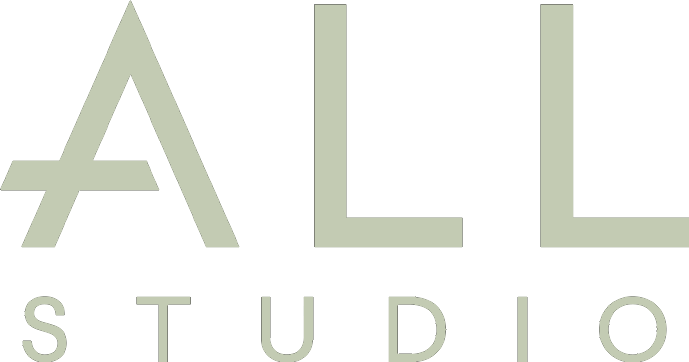KATIE MCKENZIE ON THE IMPORTANCE OF BUILDING A FOUNDATION
We highly doubt people do not know who you are in relation to ALL Studio, But for the folks that may not, can you give us a quick breakdown of who you are and how All Studio was created?
KM: I am the Co-Founder and Lead Educator of ALL Studio. The ALL Method first came to life through my deep passion for education (directly related to Pilates) and through the discovery that there was missing piece in the movement industry at the time: trauma-informed and choice-based movement.
I myself had experienced great healing through movement once I was empowered with the knowledge that my body and my unique lived experience was not the same as others, and that it needed to be honoured as such: that some movements were accessible and others were not. When I was given the space and when I paid attention to what was happening within the nuances of a movement, I discovered that there within lies the power and healing strength of it all. The ALL Method was founded from this place.
ALL Studio came from the understanding that the body does not need a single form of movement , rather that it thrives when offered choice in its practice. This multi-modality space — rooted in the fundamentals of Pilates — selfishly contains the ways in which I love to move my body, guided by some of the best in the movement industry. It has been such a gift to work with people I love and deeply respect.
Katie McKenzie, 2023 by Ally Pintucci
How is the ALL METHOD different from other methods?
KM: We honour that each day is different. We truly work to remove the shame and punishment in movement, the constant comparison that this industry historically has been subconsciously known for. Our goal is to bring people back to their bodies; to listen, to hear and to honour what it actually needs in each moment.
Now, this does not mean you might not curse us out here and there when you feel a part of your glute you didn’t know existed. It just means that we focus on giving you the space to actually feel instead of just to perform, or to tick a box in your day.
Pilates has so many benefits both physically and mentally. Can you describe some positive effects it has had on you and your clients?
KM: Empowered connection - 100% that is what I see the most. From proper breathing patterns, to postural alignment, to that understanding of what the pelvic floor actually is -there is great power in knowledge and that is what I have seen provide the greatest changes. The understanding and knowledge of what is happening in one’s body. My favourite moments are always the ones when the client connects with their body in a way they never had before - a look always comes into their eyes and that is when I remember why I do what I do.
We know you teach individuals that come from all different athletic backgrounds. How have you seen Pilates improve cross-training with other practices like running, strength training, or boxing?
KM: Injury prevention and overall stability and strength. When people learn to connect into their deepest core and spinal stabilizers, what they can do in their movement practices improves exponentially. I regularly hear how people move with less pain and require less treatments for pain and injury after incorporating Pilates into their practice.
What are some of the myths or misconceptions people have about starting the practice of Pilates?
KM: Haha - oh goodness there are a few! There are misconceptions that Pilates is boring, slow, too clinical…and the biggest one - that you need to be flexible to do it. Coming from the least flexible Pilates instructor out there, this movement practice is for everyone!
Talk to us about the importance of building a solid foundation.
KM: Bringing the mind into the body and the body to the mind is crucial in any practice. Understanding what the terminology means and how to implement it within your own practice is key to success. I regularly come back to the base movement - what muscles are being targeted? Is my alignment right for proper execution? Am I breathing? These are all the key questions to ensure you are getting the most out of the movement.
Getting Started with Pilates
New to Pilates? The ALL Studio Digital Studio has a selection of 101 Classes, tutorials, and fundamental videos for beginners, or for those who want to revisit the basics.
This is how we create a solid foundation. Do not progress into moves that are greater difficulty until you have this, otherwise it defeats the purpose of the movement and possibly puts you at risk for injury or feeds habitual patterns that do not serve the body.


